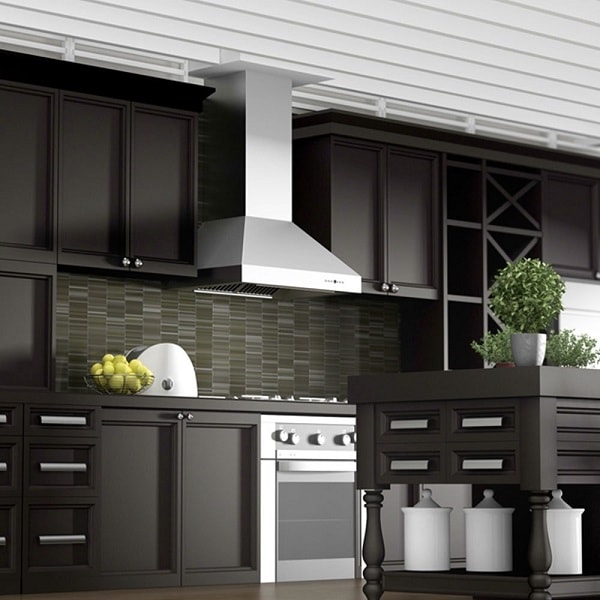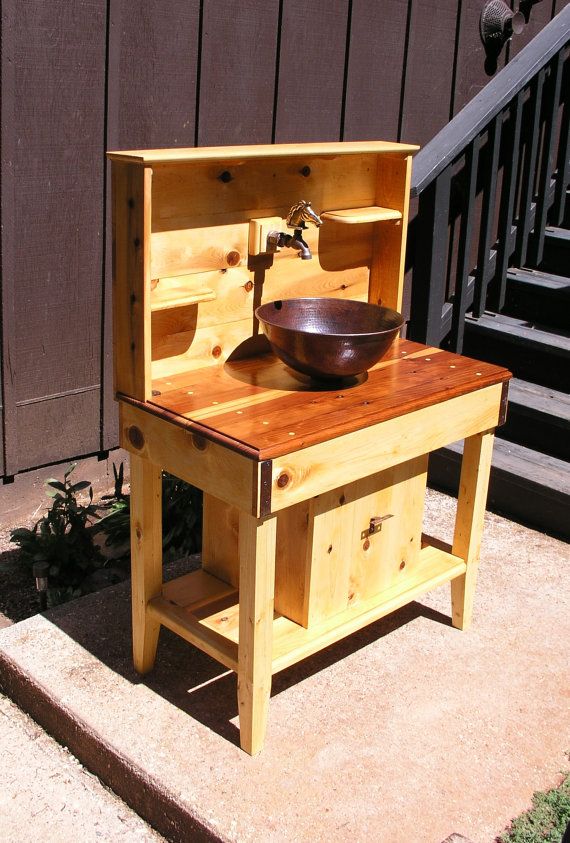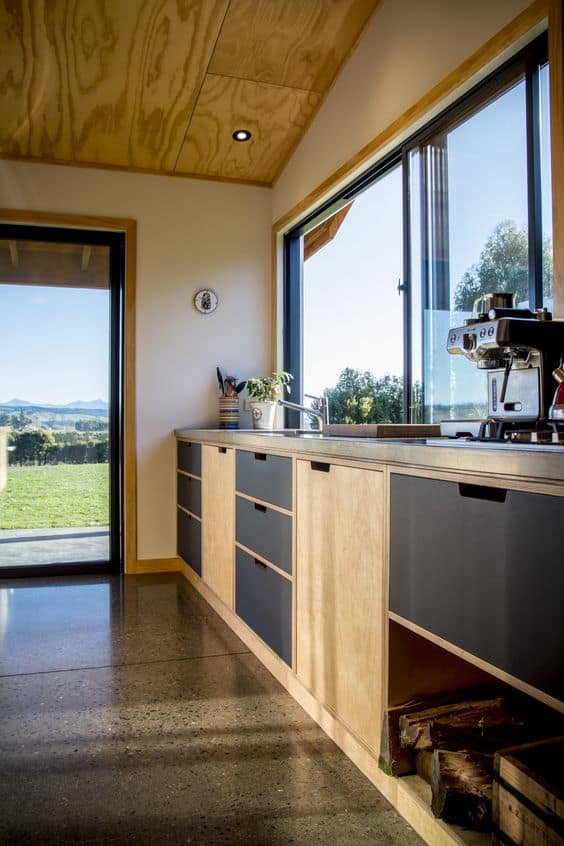The kitchen is perhaps one of the most challenging places to arrange when relocating.
Not only do you have to worry about the delicate kitchen wares like glasses and ceramic plates, but the packing stress also doubles when the kitchen is your comfort zone and you use it regularly. This will mean more utensils than usual.

This stress is what makes the kitchen one of the last rooms people would want to make during a transition. The good news, this article provides you with moving packing services and tips that will teach you how to wrap dishes for moving.
Packaging materials
You need to understand that packaging your kitchenware will take time, especially when you have so many pieces. Once you know this, you need to buy supplies to make the process easier. Packaging materials ensures your dishes like ceramic plates and glasswares never break even when the truck scales a speed bump. So, when you’re getting your wrapping supplies, the essential items you’ll need includes:
- Packing Paper: a material that protects your delicate dishes and ceramic wares from breaking.
- Medium-sized boxes: serve as a compartment to hold your belongings from the heavier ones to the lighter ones. Make sure they are sturdy enough to hold the weight of each item you intend to use them for.
- Bubble wrap: they act as a cushion for your delicate kitchen wares.
- Packing tape: seals the bottom and top seams of your carton to ensure your items stay intact.
- Markers will help you mark or label the carton to identify its content quickly.
When most people can’t get packing paper or bubble wrap, they tend to use newspapers. Understand that newsprints come with ink, and this ink can leave permanent stains on your dishes.
How to Wrap and Transport Dishes
To know how to move dishes, you’ll need supplies like tape, packing paper, moving boxes, scissors, and markers. But, that’s not all; you’ll also need to know how to prepare your box, plates, bowls, glasses, and other fragile items before wrapping them for the move.
Here’s how to prepare your kitchenware for transportation.
1. Preparing the box
When it comes to preparing the casing, you have to consider three things;
- Decide on what box size to use. If you’re packing knives, towels, spoons, or plastic wares, you want to use larger casing to make them easy to lift.
- Next, you’ll want to assemble the box. This way, you ensure it can better hold the weight of items you place in them than quickly caving under pressure.
- The last thing is to make sure you tape the bottom of the box before wrapping your items. Also, make sure to tape the flaps from the middle and the edges of the box to avoid any sorry stories.
2. Preparing the material
Before wrapping your dishes, make sure to
- Layer up to four inches of packing paper
- Line each box with these layered papers to form a cushion
- Bunch the Paper rather than layer them flat
- Keep your tape, scissors, and marker by the side for when you will need them.
3. Packing plates
Here’s how to wrap kitchen dishes for moving.
- Create four inches of balled-up packing paper and place them in the box,
- Put a wrapping paper on the floor and place a dish per Paper, then tape the Paper
- Place the plate sideways rather than flat as this could make them break
4. Packing bowls
Bowls are as delicate as plates; this is why their preparing process will look similar.
- Take a bowl at a time,
- Wrap them up with a packing paper
- Make sure to pad the carton with four-inches wrapping paper
- Place the bowl sideways in the box
- Add more bunched-up papers on the top for added cushioning before closing the box.
5. Packing glasses
Your glasses are the most fragile utensils in your kitchen. So, they’ll be the last thing you’ll always arrange. To prepare your glass,
- Bunch up some paper and place them in the glass
- Get another packing paper and wrap it around the glass
- Layer the box with more wrapping papers
- Place the glass sideways in the box
6. Closing the box.
Once you’ve successfully wrapped your dishes, the next step is to close the box.
- Before closing, bunch up more packing paper and place them over the dishes as you did at the bottom for extra protection.
- Then close the box with the flaps.
- Shake the box before taping to see if there’s any tossing sound. If so, open the box and add more padding till you feel no movement.
- Tape the box
- Use a marker to label its content.
Tips for packing knives, pots, containers with liquids
Now that you know how to prepare your dishes, the next thing you want to know is to wrap delicate items like pots, knives, and liquid stuff.
Ø How to pack a Knife
Gather every knife you own, put the pointy edges together and tape them. Make sure to place them in the box with the pointed edges facing downwards to avoid damage to other items in the box.
Ø How to pack containers with liquids
Containers holding liquid items will almost always spill no matter how sturdy their lids are. So, make sure to tape the cover or top of the containers.
Ø How to wrap pots and pans
Some people place the pots in the box without any preparation. But, this could take up more space than usual and possibly leave scratches and dents on their body. Make sure to wrap them up as you did with the plates before placing them in a box.
Conclusion
Wrapping dishes will never seem difficult with these simple-to-follow how-to pack dishes for long-distance move tips. However, the best way to keep your dishes safe is to let movers help with the process. Fortunately, many shippers today, like Starkmovers relocation company, provide you with packing experts to help you efficiently protect the precious kitchenware you value.





